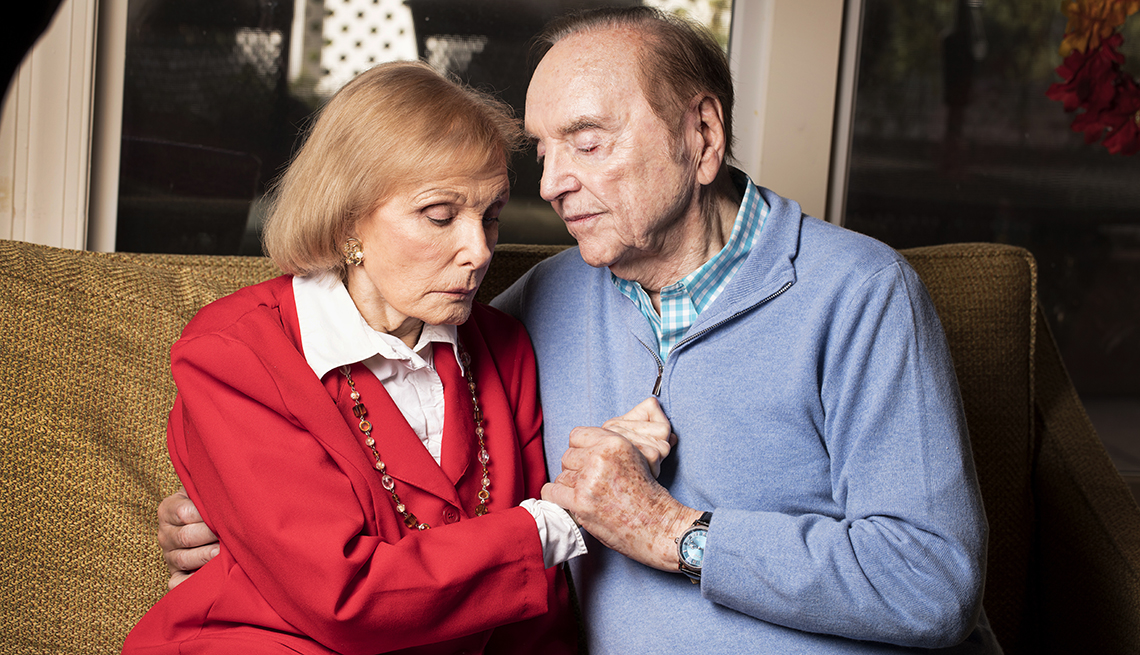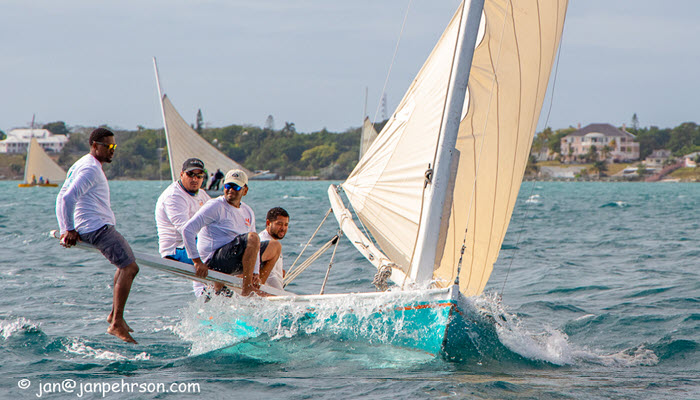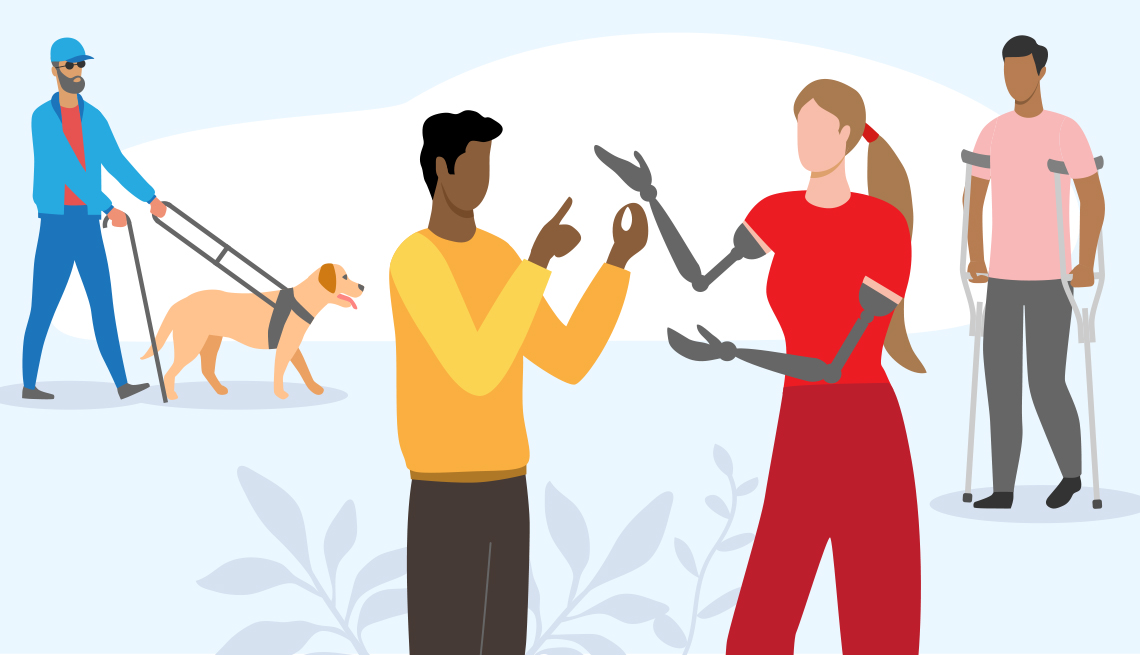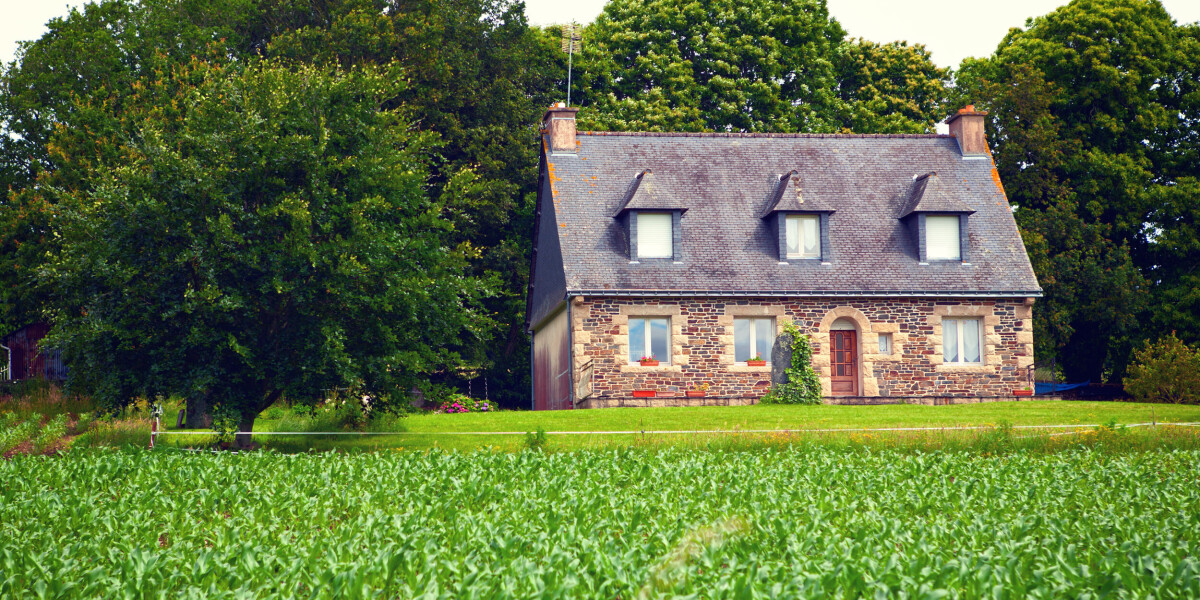
- Select a language for the TTS:
- UK English Female
- UK English Male
- US English Female
- US English Male
- Australian Female
- Australian Male
- Language selected: (auto detect) - EN
Play all audios:
I painted a lot of children during my 20 years on PBS. If you promise not to tell, I'll tell you a secret. She's my favorite! [piano plays in bright rhythm & tone] ♪ ♪ ♪ ♪
Okay, 1, 2, 3, here I come! We're playing hide-and-seek. Now we're gonna seek out how to paint the oil portion on our completed acrylic portion. This is part two of "Tree
Doll." Let me have you just look at the portrait. This is all dry, because it's acrylic, and it's had a chance to dry. Over to the left, we have the completed portrait, which
was done with oils over acrylics. To begin with, we will want to put walnut oil on this canvas. I'll dip in with a large brush, my one-inch brush. And just push some around and then
we'll go ahead and spread that around with a paper towel. It makes it so nice to have a little wetness on the canvas and then you can use less paint. I think that in itself will be the
whole reason for using some walnut oil first, plus the walnut oil is nontoxic, which I use both to put on the paint and I clean my brushes with it. But let me repeat what I just said. So we
put the paint on thinly, and you make use of what's underneath. Alright, we'll come up to the pallet and I'm gonna stay with the large one-inch brush, which I have dried with
a paper towel. This is Permanent Green Light and Colbalt Blue and white. This will go just lightly in the sky-- see, I put very little on, but I'll press it around. When I press it
around, I want to push into the trees a little bit so when I put the tree foliage on, it will have a chance to soften into the sky. If you look very closely, which these wonderful hi-def
cameras make it possible to do, you'll find that there's still some of that Thalo Blue and white showing through the canvas. Okay, let's take and go over on the trees. I
have--this is Permanent Green Light and umber and yellow and white. When I place this on--again, I have quite a bit on the brush, so I'll wipe just a little bit and then push this on
slightly, allowing, again, some of the underneath to act as the shadows, but I suggested that as you come out to the edge-- I'll use less paint, I wiped the brush a little more, so that
you have a real soft distant edge. I don't have to come to close to her. Although, I would like to come a little close to the hair, so that the hair will be softer as it touches
against the sky and the trees. Ooo, that's so pretty. You can hear the brush, the kinda scrubble, scrubble, scrubble. [soft scraping] By doing with acrylics at every stage you think, oh
that looks pretty good, why don't you just sign it? But we'll go further with it now. Let's go ahead with the flesh. And I'm gonna jump down to here. This is Yellow
Ochre and umber with just a-- oh, excuse me, I need to back up. That is Yellow Ochre and Alizarin Crimson, and then a little umber. The umber cools it slightly. Isn't that pretty, how
it goes on there? I could use that as almost the lights immediately. We will go just a touch lighter, I think, on the edge of the face, which I'm not doing yet. This is still all the
Yellow Ochre, Alizarin Crimson, white with just a little umber. Just a little peeks across there. A little bit by the, underneath, between the lip and the nose. And a little bit on the chin.
Ooh, that's pretty, and isn't it neat when you have nice close-ups, you can just watch it go so well. and I'm going to-- let's just come right over here. You're
Quinacridone Rose. I'm gonna bring you back and put you in the flesh, which will make it just a little more pinkish, a little more bright. Didn't mean to be whispering to you. And
this will give us some of the, just the edge, the reflective lights on the side of the face. That down, just under the chin a little bit. A little bit near this corner of the eye. A little
bit just as it goes near the hair. Oh, I love that! The thing is, when the values are so close together, then you really don't have to do a lot of blending. You can just kinda place
them on, and they work. I say that, and I know I'll come back and blend just a little bit. Okay, now I want to take the same thing, but this is the ochre, Alizarin and white. And just a
little more white in it. I kinda feel this may just be a little light. Let's take a little more that ochre and alizarin and we'll see what that looks like. This will be on what I
was talking about the edge of the face. Yeah, that's just a little lighter, just slightly. As you put on the nostril area-- nostril area? It's the nose, but it's the upper
nose. Just a little bit, you feel there's a little light in there. A little bit on this cheek. And a little bit here. Now let's take, the small mop brush-- are you clean? I think
I'll have to use you, even though you may not be clean. Just to tap a little bit. That will soften it. And it might blend a little bit to that pink that we put on, because you, when you
first put it on you think, oh that looks so good. And the more you look at it, does it need to be softened just a little bit? Okay, now on the arms-- so I'm staying with the flesh. I
have, this is my flat sable brush. I'll use some of this Alizarin Crimson and Yellow Ochre and white and the little Burnt Umber. And we'll use this just-- let me just make a
check-- oh, I need to have more Alizarin in it. I don't want it it too cool. Oh, that's much better. And I'll blend that just a little bit, too. But as I come down and around,
make sure you get a little elbow bone. You know, what's so neat about a child, you just need to feel the dignity of the child and do not feel that you are superior. Because you are
not. You can say, Well I went to college and all this, but in no way does that make us superior to a child or to one another. Just blending a little bit, so it has just a little degree of
softness. You want this to feel-- if I put my hand on it, what would it feel like? Soft. Okay, coming over on this side. I'll start up higher, right on the back of the hand. Little bit
on the thumb. And you remember last week, we cut down slightly the size of the fingers, and it sure was a good idea. Okay, I'll come here. I think you can see this. Just a little like
that, then also soften. Jumping back to the face, just a touch there. I think what would help would be very early, put some character into the hair. Because that will kinda augment what
we've been doing on the face. I like this fan brush, I need to make sure you're clean. Alright, we have some Burnt Umber and Yellow Ochre. So we'll start out with just a
little mixture of those two. And basically what I'm thinking here is, just about what's already there. It just happens to make it a little more wet, so we have something wet to
work into. Now we will be able to go lighter. When we go lighter, we'll take the white, picking up a little white over here, coming back to the yellow ochre. Do the same thing, hope
I'm not going to fast. You want to feel like the hair is growing from the crown up there when I'm doing the back ones like that. And it just falls down so natural and just a little
bit of looseness like that, you get the childlike look--feeling. I'll let this come down just a little bit because I have a little too much dark between the face and the hair. So
we'll let that come down just a little lower. I think now we're doing this, I get the feeling maybe she really is being fair when she's playing hide-and-seek because I think
she's looking down. She can't see where I'm running to. I'll leave that for a minute. Minute's up! [chuckles] So I'll come back, only because I want to blend a
little bit. We've more than likely, when we do other things, we might do as a going away present, just kinda blend each area. This is a larger blender, I can just-- oh, you hardly touch
that. Just let that hair almost go in there. I like you, I like you, Marie. Oh, now you know her name, it's Marie. Alright, let's come to the middle of the overalls. This is
Quinacridone Rose and white. I'm using a lot of what's already there. But, we're just augmenting it by little strokes and just a little more vitality in it. Right there, so
you feel like it gives just a little feeling of form. So you feel like there's a hand just in the pocket. Little bit down on the edge of that leg. Then, over on the knee and the leg on
this side. Same thing, let's just blend it a little bit. Just let it float across, that is held so lightly. And it just hardly touches the canvas. I think up above, that I want a couple
strokes on of this is Quinacridone Violet and white. We used this in acrylics, putting on the color. But what I have, and I think I have is, yes, it's just a little lighter, so you get
a little variations in the shadow areas as well as the light areas. I'll take this, I'll do just a little bit more, then I'll take some Quinacridone Rose and we'll put a
few touches into the middle of some of the shadows. This is Quinacridone Rose, straight. And over on this side we have it--see, the richness of that? Those overalls were washed this morning
and they're still clean. Just slightly. That's the most important thing is, a variety of colors, variety of values of the same color. That's where you get the vitality! Okay,
on her shirt I'll use the same rose. We're just going to strengthen a couple of these lines. When I say "strengthen them," I think just add a little color to them more
than saying they're darker or lighter. They're just a little vitality with them. I have a color that is mixed with Ultramarine Blue, Alizarin Crimson and white. That gives me a
color that I can use several places. The first one will be just on her little shirt. So this represents the whiteness of the shirt. It doesn't change that much. But, see, now I'm
gonna go a little further with it, so you're not leaving as much blue color as we had in the acrylic stage. Notice there, when I just came down with that, I hid a little bit of the
Quinacridone Rose and it just continued down, and I like its use that way. Just a little bit to show there's gonna to be where the neck is. A little bit under here, then over on this
side, both for the edge of the shirt, then a little bit inside. Just little bit more of that on that side. I picked up just a little too much pink, so this will just cool it slightly, and
that's plenty. Let's take one little brush, this is a round brush. I'm taking Burnt Umber, and I will make just a little line there. One there, and then you surround the
little button. On the other one, she's got another button. So it's this little strap-- comes down there, and here, and just surround it just a little bit. We come down on the
pants, and we just surround it right away. Now, let's see, we've gotten her pretty well established. We could put just a little light on her ankle. So, I'm coming first with
the Alizarin and Yellow Ochre. Just a touch of umber. See, the light's coming from the left. So I can have this being lighter on the edge there. Because the little shoes she has, tennis
shoes, we'll take some of that same color we had up above on her shirt, the Ultramarine Blue and Alizarin and white. That's kinda clever, putting her feet in the grass and you
don't have to see them. This one goes right there; you don't see any ankle there. Alright, now let's go ahead on to the tree. What I'd like to do would be just to take
Burnt Umber, maybe a little Paynes Gray, and we'll push this on. I won't be concerned whether it covers the whole thing or not, because I like a lot of what's already there. I
want to make sure I don't hit that beautiful hand. Have a little bit down here just for a wetness. And what I want to work now is some of the soft color that we put on the shirt. This
is the Alizarin Crimson and Ultramarine Blue. Watch what happens when we do this Do I want to use this brush? I'll start with it. I want to push this on, it'll mix in quite a bit
with what's there. That's good because as it mixes in and makes it less light. So you're very conscious of putting some structure into that tree. This has really been a
favorite tree of mine. It's one where you go and sit up in the branches and hide from the world when you needed to be alone. It's a beautiful place, a great place to play
hide-and-seek. Ooh, that's pretty. Just a little bit of that pink, it almost feels like it's reflecting, doesn't it? More of that paint. The blue, the alizarin, and the white.
I like the way of putting this on, kinda, scrub-scrub! It really represents bark quite well. Now, we take the blender brush. You notice I don't really clean the blender brush
in-between times, because I would prefer it's a little dryer. So when I did the face and the hair, it was perfectly clean. I wouldn't want to be doing some dark and then come back
and blend across there. I would have to clean it, then. Now we'll put just a little extra highlight on there. Let's take the fan brush. Boy, don't you like that walnut oil?
Just dip in, clean off, nontoxic. I'm gonna put a little bit of light--this is, look at this, the flesh color. You're putting that on down there and I'll blend it in slightly.
But it's there; you can see it. There original is right there. I can't fool you. You got your eyes open! You know what is so pleasing on these art shows and the response I hear
from you, I hear from people that are not artists, or maybe the wife is an artist and the husband isn't and she'll tell me that the husband loves, "He loves watching
you." And I like that. I try to make this so, whether you're an artist or not, you will enjoy it. Here is some yellow, cad yellow with a little white and permanent--oh, yellow and
white, then I pulled some of the sky color down into it. This gonna be out in this area. I don't have to cover it all. You can see where I'm scrubbing. I'm keeping it down
low, a little bit over in there. Just soften. And let me repeat, the fact that I put walnut oil on the whole canvas makes it so I can use a small amount of paint like this and really have
success. Let's take just a paper towel, dry paper towel, and spread that around a little bit. Now, what I want to do too-- let's do a little bit more before I do what I want to do
"too." Let's take some of this green that we put up on the trees and we're gonna let this come in through the shadow that we had there. So you're having foliage, or
grass, but it's in the shadows. So it wouldn't be necessarily brown. But it does have some of the brown showing through. Now, we'll use a little bit more of this down below.
And the middle part-- oh, I love that! The middle part of the grass down below. What do we want? I need some yellow ochre and white, can you do the job? Yes. Boom, boom, boom, boom! And let
some of this tap up a little bit on that tree. I'll grab a paper towel, and just rub a little bit. We have a couple things I want to get to. One of them will be just putting a couple
little color notes around. This is Alizarin Crimson. I'll take a little bit of the oil. This time I'm adding just a little oil. And we have some little, what do you call, shrubs,
not really shrubbery, larger weeds down, just around in here. And we'll have just a couple up in here. We'll have a couple up in there. Let's take the one-inch brush because
he's a pretty good one for doing that. Oh, see that softens it right away. And then the impact! The impact! Here's yellow and white, with a knife. Coming up and smashing along in
there. See, that's a real support for the gal. Ah! This has been so much fun. Thank you for coming, thank you for being there. And wasn't "Tree Doll"--this is Alizarin
Crimson, with a knife--wasn't "Tree Doll" fun to watch happen? You can open your eyes now, Marie. We're ready to have you look at what uncle Buck did. So the last thing,
we don't need much of that, but maybe just a touch of the Yellow Ochre and yellow. And we come out in this area, just, it looks like maybe there's a couple flowers out there. So I
think we have done tree doll, and I feel good about that little doll. You've been a great niece. You've been a great model. So, there is "Tree Doll." And it's
something you can do. You can see the two stages. always with the idea, if you want to use oil both times, fine. Just make sure the stage one is dry before you come with stage two. And you
could put the face of one of your children, or cousins or nieces into it. So we'll see you next time when we'll have another great painting to show you. Bye-bye. ♪ ♪ ♪ ♪ ♪ ♪ ♪ ♪ ♪
♪ ♪ ♪ (woman) Funding for "Painting With Paulson" is made possible by...









